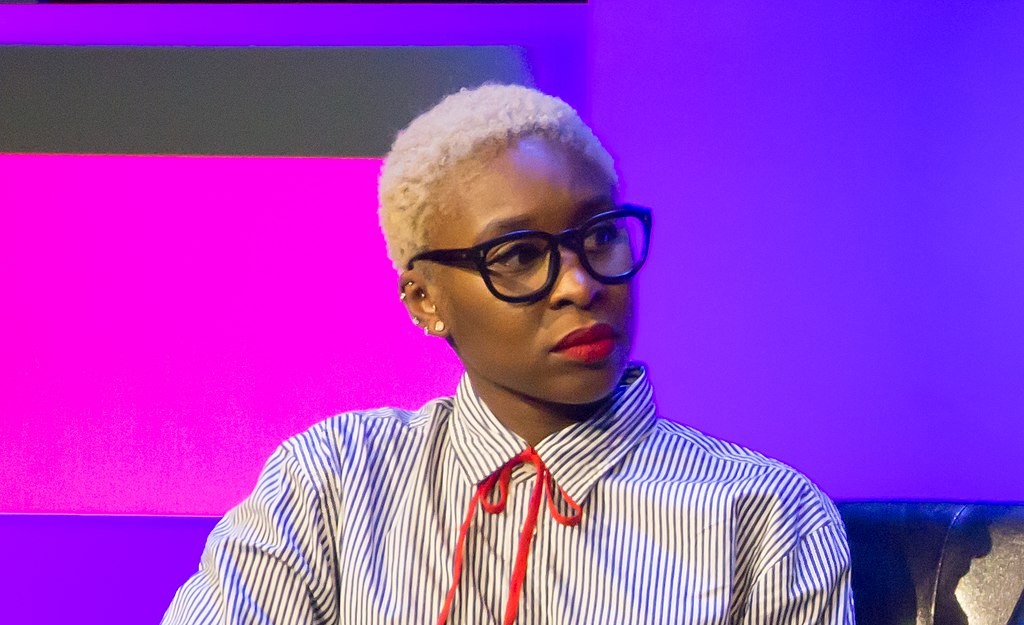
All we can say is, it’s about time.
The Academy of Motion Picture Arts and Sciences has announced a new set of diversity standards, to be enacted in 2024, that films must meet in order to merit Oscar consideration. The requirements will apply to both cast and crew, pushing studios to include more women, minorities, members of the LGBTQ community and people with physical or cognitive disabilities on every level of a production.
[Related: Diversity on Screen Makes Good Business Sense]
These shifts come as part of an Academy Aperture 2025 initiative designed “to further the dialogue and challenge our history to create a more equitable and inclusive community.” Academy president David Rubin and CEO Dawn Hudson said in a joint statement that they “believe these inclusion standards will be a catalyst for long-lasting, essential change in our industry.”
It’s a change the Academy itself needs to make. At this year’s Oscars, South Korean thriller “Parasite” took home the top prize — the first non-English movie ever to do so. But apart from that landmark win, recipients and nominees alike were largely white. In fact, only one actress of color, Cynthia Erivo, was nominated in the four main acting categories — and she didn’t win. Meanwhile, women were, as usual, shut out of the Best Director category, and only garnered 31 percent of nominations overall.
[Related: Why Hollywood’s Gender Gap Exists, and How to Fix It]
With these new rules, the Academy hopes “to encourage equitable representation on and off screen in order to better reflect the diversity of the movie-going audience.” We’d pay to see that (once it’s safe to go to theaters again).

